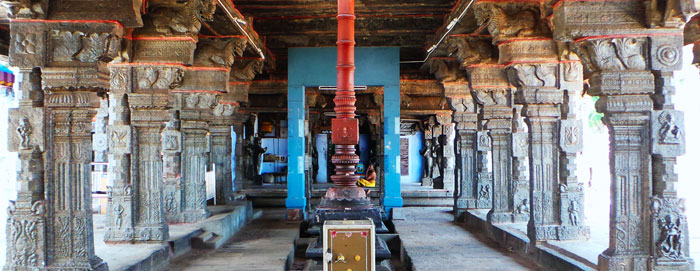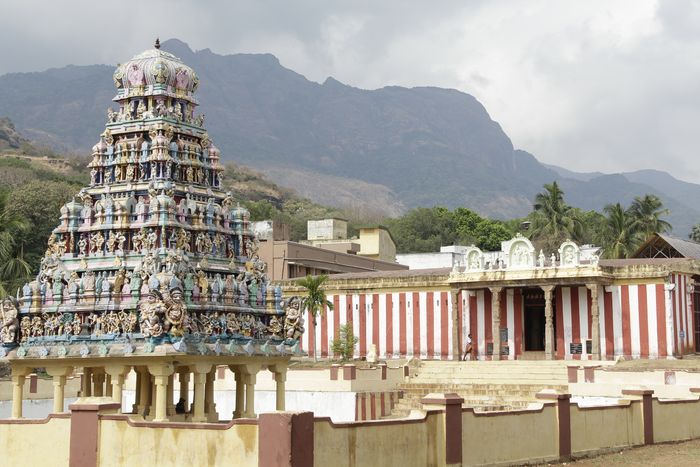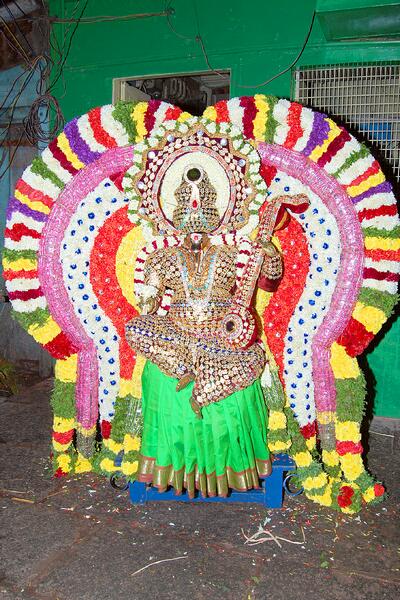Main God : Lord Kailasanathar
Deities : Lord Kailasanathar / Goddess Senbagavalli,
Location : Arulmigu Senbagavalli Kailasanathar Swamy Temple,
Natham Kovilpatti,
Natham Taluk,
Dindugal District.
Festivals :
1). Maha Shivrathri in February-March
2). Purattasi Navarathri in September-October
3). Thirukarthikai in November-December
4). Tiruvadhirai in December-January
5). new moon days
6). Deepavali in October-November
7). Makar Sankranti or Pongal falling almost January 14
8). Vinayaka Chaturti in August-September
9). English and Tamil New Year days are celebrated and are the festivals celebrated in the temple.
Workship Timing :
The temple is open from 7.00 a.m. to 11.00 a.m. and from 5.00 p.m. to 8.00 p.m.
Arulmigu Senbagavalli Kailasanathar Swamy Temple :
Natham Kovilpatti, a small village with a 2000-year-old past, has a Chola connection Say Kailasanathar Temple to any archaeologist or art buff, and they will break into an expression of joy. A Kailasanathar Temple in any part of India has never failed to reveal aesthetic wonders, and the one near our city at Natham Kovilpatti is no exception. Here, the painted ceilings declare the beliefs and deepest aspirations of many an artist. Sadly, the works in both Swami and Amman Sannathis suffer from neglect. Paintings are peeling off due lack of maintenance. The artistic liberty taken here presents us with an esoteric set of scenes from the epic Kumarasambhava. In front of the Amman Sannithi, there are two sets of paintings from the legend and incomplete paintings depicting the marriage of Lord Shiva and Goddess Parvathi. The birth of Karthikeya is explicitly shown with vivid details.

History :
The artistic liberty taken here presents us with an esoteric set of scenes from the epic Kumarasambhava. In front of the Amman Sannithi, there are two sets of paintings from the legend and incomplete paintings depicting the marriage of Lord Shiva and Goddess Parvathi. The birth of Karthikeya is explicitly shown with vivid details. “It is a move away from the legendary story according to which Lord Muruga was born out of a flame from Lord Shiva’s third eye and it’s unique and not seen in any other art work in Tamil Nadu,” says R. Venkatraman, retired professor of art history.

“The paintings are unique in many ways,” he adds. “They depict tall and slender human figures resembling the Greek art realism.” Idealism and realism in paintings were prominent in 5th century BC Greek art and in art of the 5th century AD, the Gupta period, in northern parts of India. Paintings showing similar proportions in human figures were resurrected in the 18th century AD during the Nayak period at Kailasanathar Temple.
As early as 1978, Dr. Venkatraman highlighted the importance and distinctive features of the paintings found in the temple. He says that Krishna Deva Raya started shetradanam (visiting of holy places) and his vassals and polygars followed suit. In the ceilings of the front mandap of Swami Sannithi, scenes of the visits of Lingamma Nayak, military general of Chokkanatha Nayak (1659-1682), to temples of Tamil Nadu are painted. They are identified in both Tamil and Telugu script.
There are other unusual things about this temple. According to K. Muthumani, temple gurukkal, both Swami and Ambal face west and the temple is sought after by people with ‘sevvai dhosham’. Nandhi here becomes Parvathi’s attendant and is seen in front of Ambal Sannithi also. Navagrahas are found in sitting position. ‘Ashtma siddhis’ get shaped here as statues.
“The temple is constructed following ‘maguda aagamas’ and pujas start with Swami and end at Nandhi, unlike other temples where Lord Vinayaka is entitled to have the first puja,” he says.

The temple was believed to have been constructed during the Pandya regime between 10th and 11th centuries. The extension works were taken up during the Nayak regime.
According to retired archaeological officer C. Santhalingam, during this time, Dwarapathi Vels took control of this region as subordinates of the Pandya rulers. They claimed that they were descendants of Krishna from Dwaraka, so they named their region Dwarapathi.
Visit : tmpooja.com/info





